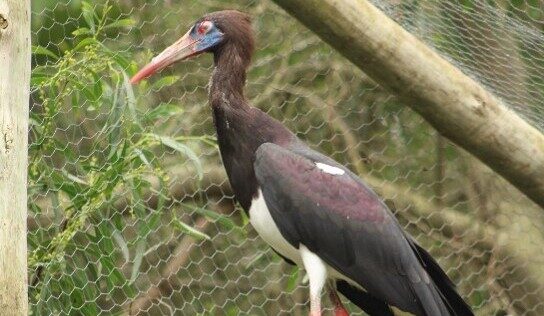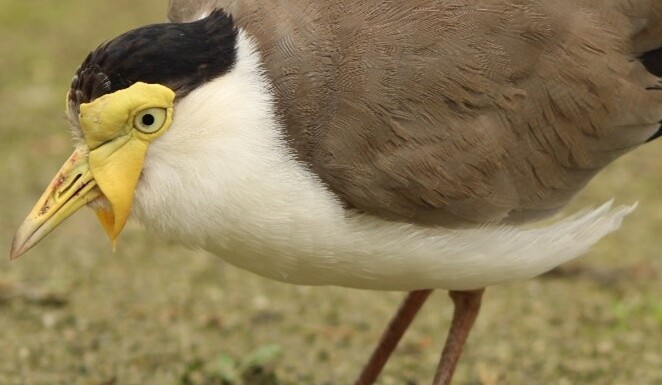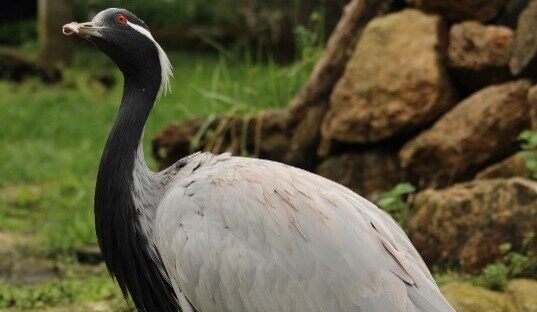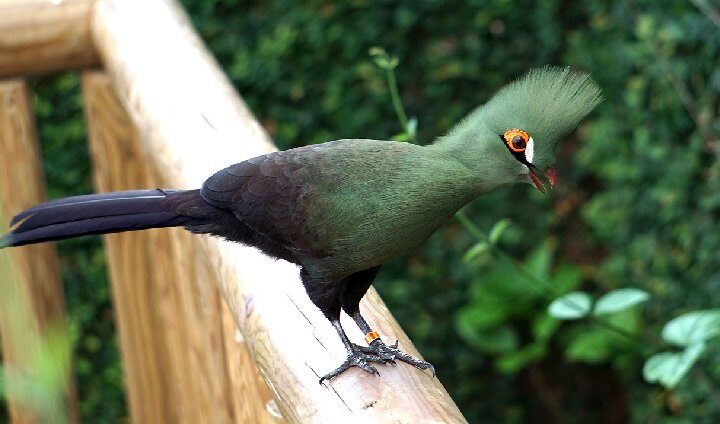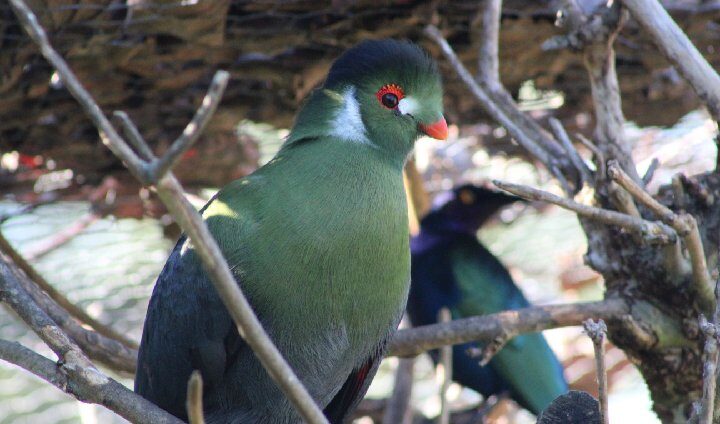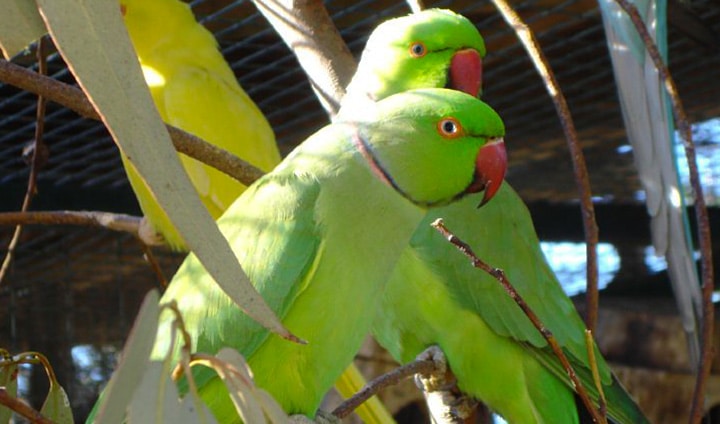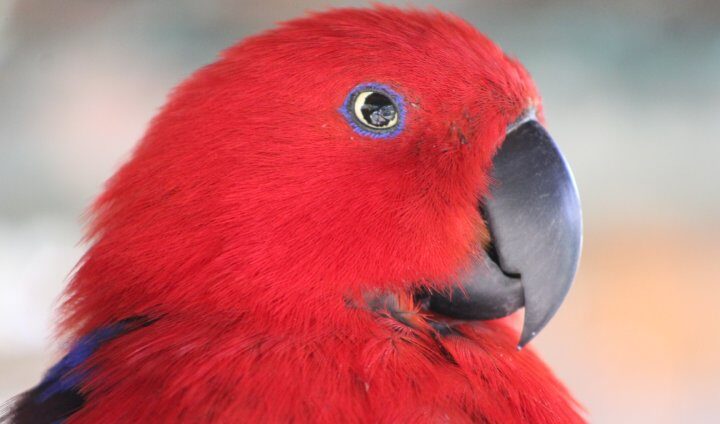Diet: insects (grasshoppers, crickets, caterpillars, etc.) Reproduction: They are monogamous, mating once a year during the rainy season from May to August. Females mate and raise their young in flocks made up of no less than 20 pairs of individuals.... READ MORE.
Exotic Birds Garden
Cockatiel
Diet: seeds, fruit and vegetation from the ground. Reproduction: They are monogamous. Before mating, usually during the rainy season between August and December and only once a year, the couple exhibits ritualized behaviours and vocalizations. They build their nests in... READ MORE.
Galah
Diet: They feed on seeds, nuts, vegetation, insects and fruit, which they usually find on the ground. Reproduction: They are monogamous. The breeding season of these animals varies depending on environmental conditions, but normally occurs in Winter, Spring and Summer.... READ MORE.
Masked lapwing
Diet: molluscs, crustaceans, insects and earthworms. Reproduction: they are monogamous birds that nest between June and November. The nest has 3 to 4 eggs, the incubation period is 30 to 34 days, and the chicks fledge at 6 - 7... READ MORE.
Demoiselle crane
Diet: They spend a large part of the day looking for food. They are opportunistic and omnivores birds that consume a variety of plants along with some animal protein. Reproduction: They are monogamous animals. The breeding season coincides with the... READ MORE.
Guinea Turaco
Habitat and Geographic Distribution: Ivory Coast, Ghana. Diet: Frugivorous; fruits and plant matter. Reproduction: Reach sexual maturity at 2 years of age. The female lays 2 to 3 eggs, incubation lasts on average 2 to 3 weeks, and the parents... READ MORE.
White-cheeked Turaco
Habitat and Geographic Distribution: Native to Sudan, Ethiopia and Eritrea. Found in juniper forests in mountainous regions. Diet: Frugivorous. Feed on a large number of fruits and berries. Also eat some insects and occasionally small reptiles. Reproduction: Monogamous species. Reproductive... READ MORE.
Ring-Necked Parakeet
Habitat and Geographic Distribution: From semi-desertic savannahs and shrublands to diverse forests, up to 1600 m in altitude. Diet: Based on seeds and fruits of trees, such as acacia and fig trees, harvested during the day. In Asia, it is... READ MORE.
Ecletus Eclectus Parrot
Biological Characteristics: Display sexual dimorphism. Males have green plumage with touches of blue, their wings are green and their beak is yellow. Females have red plumage, with touches of violet and their beak is black. Habitat and Geographic Distribution: Forests... READ MORE.


